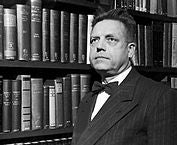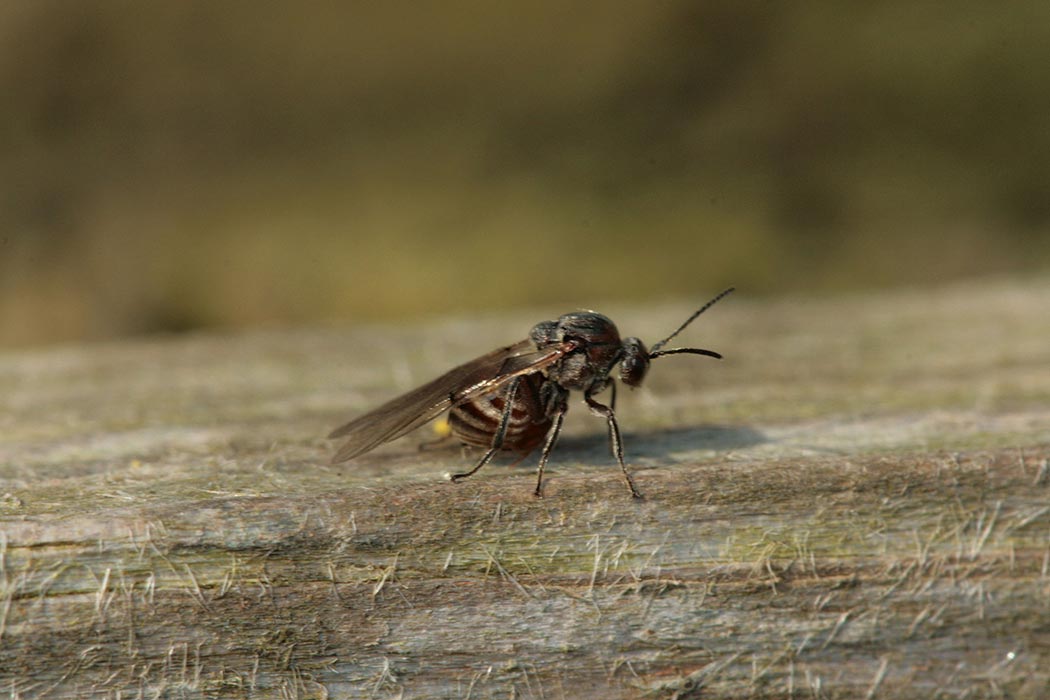The Kinsey Reports on male and female sexual behaviors in the late 1940s and early 1950s rocked the nation, making Alfred Charles Kinsey famous and infamous at the same time. Kinsey has been portrayed in books, movies, and television, so he is still holding his own as a cultural figure. But what is less known, if at all, is that Kinsey was a professor of entomology before becoming a sexologist.

Kinsey (1894-1956) wrote his Harvard dissertation on gall wasps, and collected more than five million specimens of them, a collection still housed in the American Museum of Natural History. His work on the Cynipidae family was fundamental to our understanding of these tiny wasps and their fascinating, complex relationships with the plants and trees they lay their eggs on.
I burrowed into the archives like an ovipositor into bark to see what pre-sex Kinsey had to offer. In this 1937 paper, he gives an “Evolutionary Analysis of Insular and Continental Species” of his first love. “Experimental breeding is hardly possible with these insects because of their relatively long life cycles, peculiar life histories which involve an alternation of generations, and strict relations to particular plant hosts; but these very qualities are the sources of unusually significant material for taxonomic analysis of certain evolutionary phenomena.”
In this 1942 review, Kinsey brings his by-then considerable renown as “the gall wasp guy” to a review of E.P. Felt’s monumental Plant Galls and Gall Makers.
Kinsey also wrote a standard biology textbook, first published in 1926. His Edible Wild Plants of Eastern North America (1943), co-written with M.L Fernald, was another classic. This review in Rhodora highlights the guide’s special relevance to its day, when World War II food rationing was in place. Considering the locavore and foraging movements today, its listing of over 1000 edible plants (roots to leaves), and chapter on “poisonous flowering plants likely to be mistaken for edible species,” suggests it could still be consulted to advantage.







